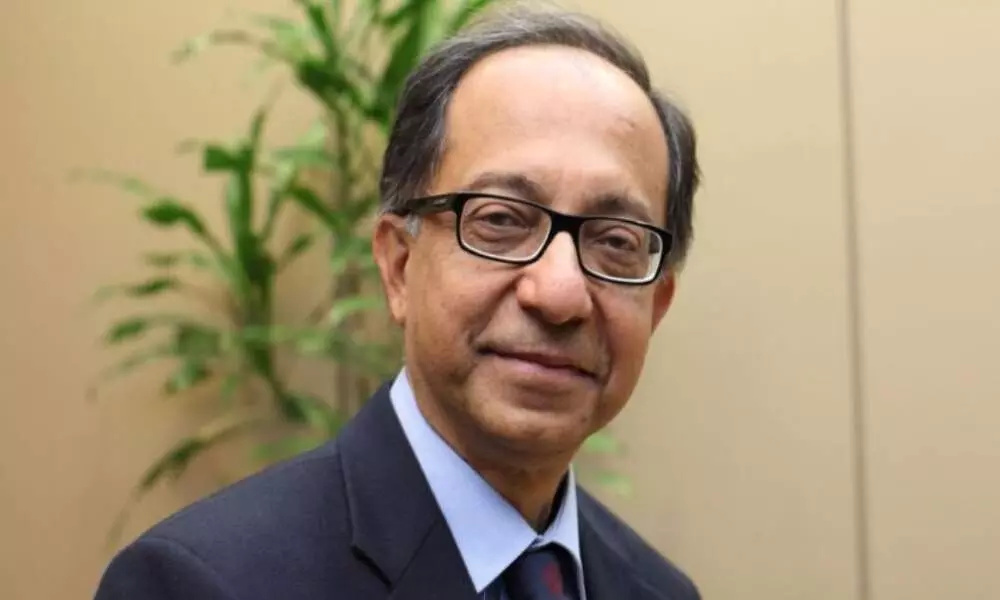Indian economy faces stagflation: Former World Bank Chief Economist Kaushik Basu
India's overall macroeconomic situation is in a recovery mode but the growth is concentrated at the top end, which is a worrying trend, according to former World Bank Chief Economist Kaushik Basu.
image for illustrative purpose

India's overall macroeconomic situation is in a recovery mode but the growth is concentrated at the top end, which is a worrying trend, according to former World Bank Chief Economist Kaushik Basu.
Amid the rising inflationary trends, including the sharp increase in retail inflation last month, Basu, who has also served as Chief Economic Advisor to the Indian government during the UPA rule, said the country is facing stagflation and "very carefully curated policy interventions" are required to address the situation.
Currently, Basu is a professor of Economics at the Cornell University in the United States.
While the aggregate economy is growing, "the bottom half of India" is in recession, he said and noted that it was sad the country's policy over the last few years has been largely focused on big businesses.
"India's overall macroeconomic situation is in recovery mode... The worry stems from the fact that this growth is concentrated at the top end," Basu told PTI in an interview.
He also said the youth unemployment rate in the country touched 23 per cent, among the highest globally, even before the COVID-19 pandemic started. Workers, farmers and small businesses are seeing negative growth, he added.
While India's GDP is estimated to grow 9.2 per cent in 2021-22, Basu said since this comes after a contraction of 7.3 per cent in 2019-20 due to the pandemic, the average growth rate over the last two years is 0.6 per cent per annum.
The National Statistical Office (NSO) in its first advance estimate has projected a GDP growth of 9.2 per cent in April 2021 to March 2022 fiscal year while the Reserve Bank of India has forecast 9.5 per cent expansion during the same period.
The World Bank has been the most conservative projecting 8.3 per cent growth while Organisation for Economic Cooperation and Development (OECD) has pegged GDP expansion at 9.7 per cent.
On whether the government should be going for fiscal consolidation or continue with stimulus measures in the upcoming Budget, Basu said the current situation in India is a big challenge to Finance Minister Nirmala Sitharaman and the entire fiscal policy apparatus.
The Indian economy is facing stagflation, which is much more painful and requires very carefully curated policy interventions, he said, adding that 15 years ago, inflation was even higher, close to 10 per cent, but there was one big difference.
"At that time, India's real growth was close to 9 per cent... so, even with the inflation, the average household was becoming better off per capita by 7 or 8 per cent," he pointed out.
According to Basu, what makes the current situation so grim is that the near 5 per cent inflation is occurring over a fall in real per capita income over the last two years.

